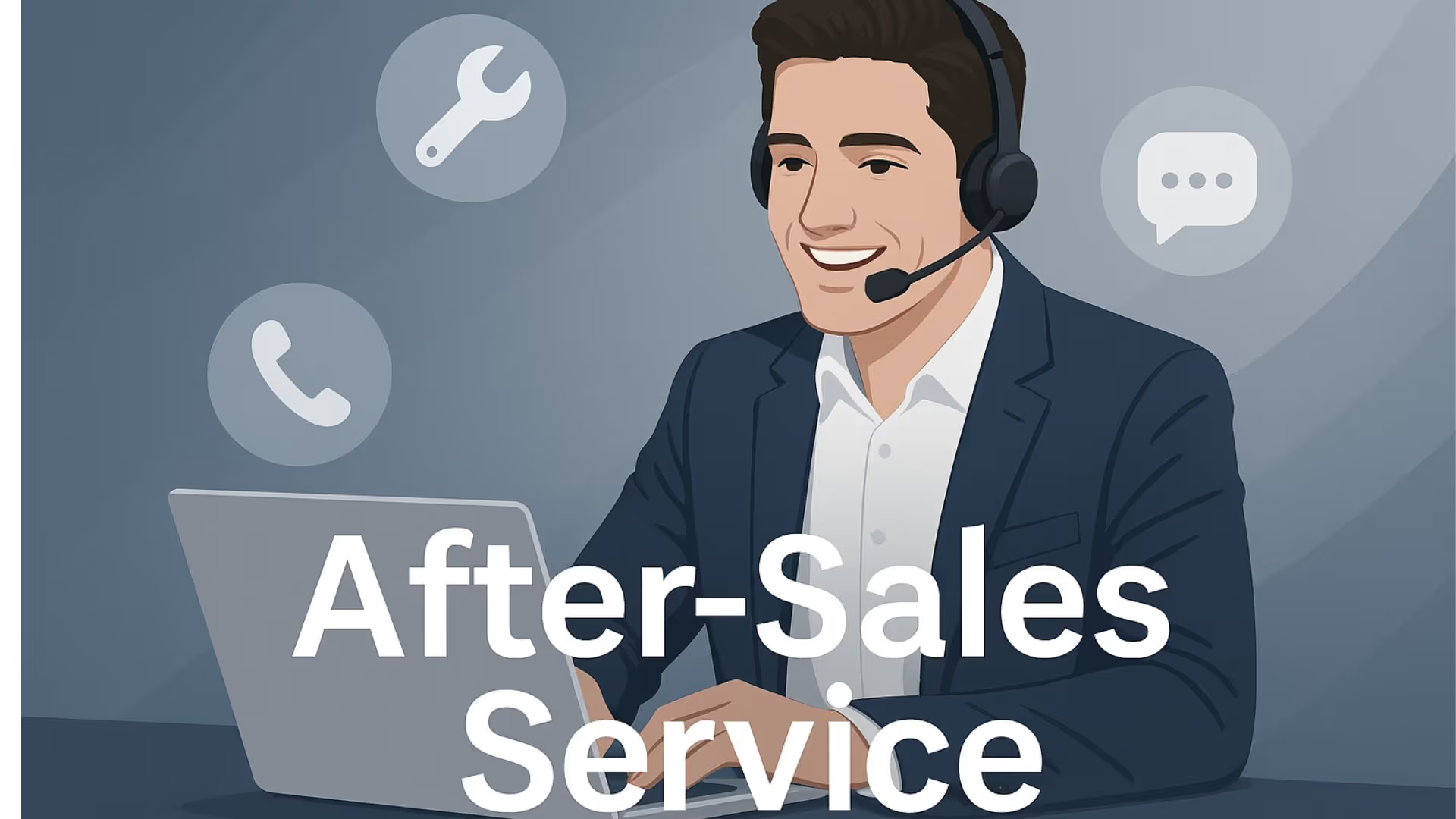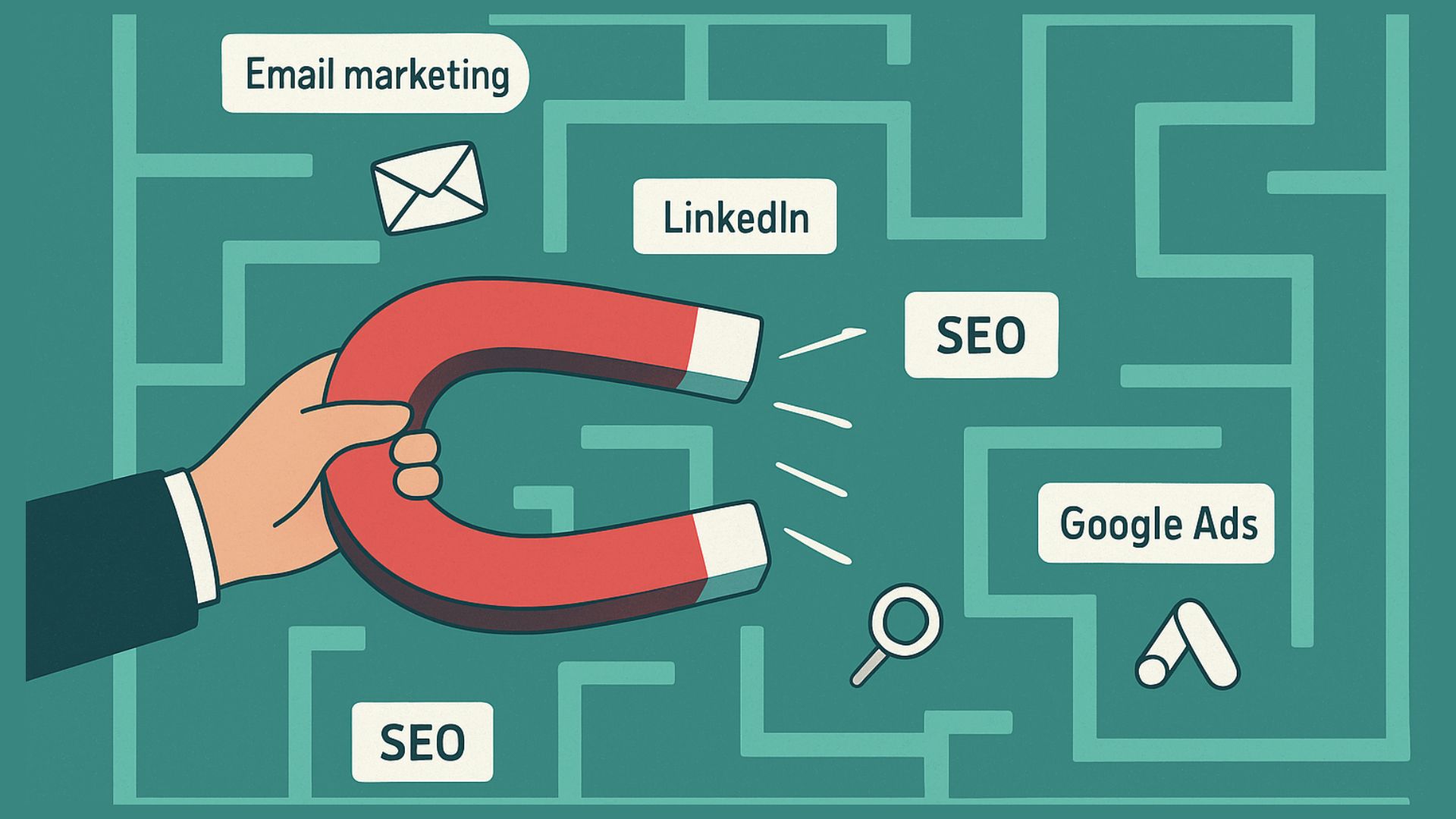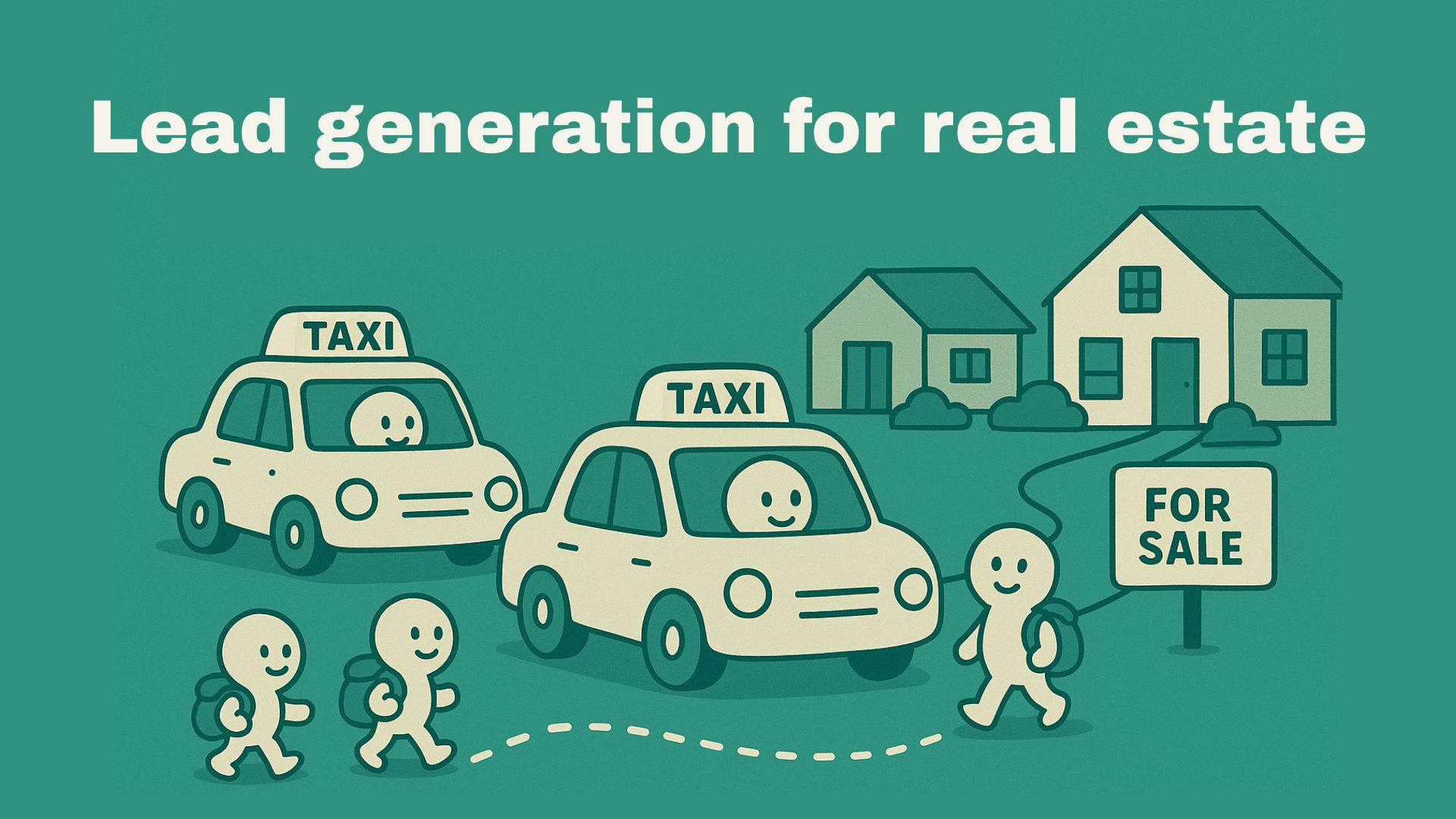

Many customer relationships fall apart after the sale is done; not because the product doesn’t work, but because the customer support ends too soon. When customers feel ignored after buying, they lose trust and are less likely to buy again or recommend the product. That’s why after-sales service is so important as it helps keep customers satisfied long after the deal is signed.
After-sales teams help turn first-time customers into loyal ones. They do this by giving ongoing support and useful advice. This ensures that customers get value even after purchasing the product increasing the chances of future sales.
Take Superleap CRM, for example. After a customer signs up, our after-sales team gets involved right away with a clear onboarding plan that helps the customer get up and running smoothly. We provide regular training sessions, quick-response customer support, and personalized check-ins to ensure that they’re getting the most out of the software. From solving technical issues to offering tips on how to use features better, we stay actively involved at every step. This ongoing support not only helps customers achieve their goals faster but also builds trust and loyalty over time, leading to higher customer satisfaction, lower churn, and more word-of-mouth referrals.
Let’s read more about after sales service, shall we?
What is after sales service?
What are the main components of after sales service?
Customer onboarding and installation
This is the first step after the sale is done. It involves helping customers in setting up and using the product or service correctly. Effective onboarding includes:
- Guided installation (either virtual or in-person)
- Setup assistance
- First-time use orientation
Training and education
Once the product is installed, customers often need guidance to use it efficiently. This includes:
- User guides
- Live or recorded webinars
- Hands-on training sessions for complex products
Customer support
Customer support addresses issues that arise post-purchase. This can include:
- Phone, email, chat, or social media support
- FAQs and knowledge bases
- Service ticket management
Follow-ups
Periodic follow-ups show that the brand cares about the customer's experience beyond the sale. This could involve:
- Checking in to ensure everything is working well
- Offering additional resources
- Scheduling service or maintenance proactively
Maintenance and repairs
Products often require routine maintenance or unexpected repairs. A strong after-sales plan includes:
- Service contracts or warranties
- Quick-response repair services
- Access to authorized service centers or technicians
- Regular updates or patching (for digital products)
- Hardware upgrades or trade-in options
- Optional feature enhancements
Feedback collection
Gathering customer feedback helps improve both the product and service quality. This includes:
- Surveys and feedback forms
- Net Promoter Score (NPS) evaluations
- Follow-up calls to collect insights
- Collecting timely feedback also helps identify dissatisfied customers early
Loyalty programs and relationship management
Rewarding customer loyalty helps encourage repeat business. Common practices include:
- Loyalty points or discount programs
- Exclusive previews or early access to new features
- Personalized offers based on purchase history
What are the benefits of after sales services?
- Improved customer satisfaction
- Higher customer retention
- More referrals
- Collection of customer feedback helps improve the product
- Less returns and complaints
- Drives customer lifetime value
- Supports brand advocacy
- Leads to strong brand recognition
What KPIs help measure after sales success?
After-sales service plays a critical role in customer retention and satisfaction. The KPIs mentioned below help in evaluating the effectiveness of the after sales teams.
Customer satisfaction score
This measures how satisfied customers are with the product or service they received.
High CSAT scores indicate that customers are happy with your support, training or service.
Net promoter score
This measures customer loyalty and the chances of them recommending your brand.
A high NPS suggests that your after-sales service builds trust while a low NPS highlights dissatisfaction and risk of churn.
First response time
It measures the average time it takes to respond to a customer inquiry or issue.
Quick response times indicate that you value the customer’s time and are proactive and leads to higher customer satisfaction.
Repeat purchase rate
This refers to the percentage of customers who make additional purchases after their first one. Good after sales service leads to more repeat customers.
Customer retention rate
This refers to the percentage of customers who continue doing business with you over a given period of time. High retention rates reflect the long-term effectiveness of your after-sales efforts in keeping customers engaged.
What challenges come up in after sales?
Poor customer support
Customers often get frustrated when they can’t reach support quickly or don’t get helpful answers.
Solution: Set clear response time goals and use tools like live chat, chatbots, or ticketing systems to handle requests faster.
Little to no personalization
Generic replies or standard solutions make customers feel like they’re just a number.
Solution: Use a CRM system to track each customer’s history and preferences so that you can offer tailored support.
{{callout-2}}
Inconsistent quality of service
Different agents or locations provide different levels of service, leading to confusion or dissatisfaction among customers. You know how much it sucks when coffee tastes different at different outlets of the same brand? It’s almost a similar feeling but worse.
Solution: Create standard processes and scripts, engage in regular training, and monitor support quality through customer feedback and reviews.
Lack of proper onboarding
Customers may not understand how to use the product properly, leading to complaints or returns.
Solution: Offer a strong onboarding program with user manuals, videos, FAQs, and live training to help customers get started smoothly.
Not taking customer feedback seriously
Customers may feel ignored if their feedback isn’t taken into consideration and no changes/improvements are made.
Solution: Actively collect, review, and act on feedback. Let customers know when their input leads to improvements as this builds trust and ensures that they continue doing business with you.
Regional gaps or language barriers
Customers in different regions may face language or time zone issues.
Solution: Offer multilingual support and ensure your service hours cover your customer base. Use local support teams if necessary.
{{callout-3}}
What tools are used to streamline after sales service?
CRM tools
Usage: Centralize customer information, track interactions, and personalize post-sale engagement.
Example: Superleap, Salesforce
Helpdesk and ticketing systems
Usage: Manage customer queries, assign tickets to agents, track response times, and ensure no issue falls through the cracks.
Example: Zendesk, Freshdesk
Live chat and chatbots
Usage: Provide real-time support, automate answers to common questions, and guide users to helpful resources 24/7.
Example: Intercom, Drift
Knowledge base/self service tools
Usage: Encourage customers to find answers quickly through tutorials, FAQs, and documentation.
Example: Notion, Helpjuice
Customer feedback tools
Usage: Collect insights on customer satisfaction (CSAT), Net Promoter Score (NPS), and product feedback to improve service quality.
Example: Surveymonkey, Typeform
Email automation platforms
Usage: Send personalized onboarding emails, product tips, and follow-ups to keep customers engaged.
Example: Mailchimp, ActiveCampaign
Product analytics tools
Usage:Track how customers use your product and identify where they may need extra help or training.
Example: Mixpanel, Pendo
{{callout-1}}
Here’s a checklist we made for you to do after sales better! Download and use as you please!
How to personalise after sales services?
- Track purchase history, customer preferences, and interaction logs in a CRM. Use this information to send relevant updates, reminders, and recommendations.
- Group customers based on industry, product usage, location, or behavior.Tailor follow-ups, support content, and communication style to match each segment’s needs.
- Instead of a generic setup process, guide each customer based on how they intend to use the product. Use discovery insights from the sales or pre-sales team to shape the onboarding journey.
- Use names, product details, and usage patterns in your emails or calls. For example: “Hi Saurav, we noticed that you haven’t tried the new automation feature in your Superleap CRM account, can we show you how it works?”
- Suggest add-ons or advanced features based on how the customer is using your product, not just to increase revenue, but to solve their needs.
- Send feedback surveys after support interactions or major product updates.
- Send a handwritten thank you note, if possible, to make customers feel extra special especially if it’s a big sale.
What is the cost of neglecting after sales service?
Ignoring after-sales can have serious consequences such as:
- Lost customers/higher customer churn
- Negative reviews
- Damaged reputation
Heading text
Nunc sed faucibus bibendum feugiat sed interdum. Ipsum egestas condimentum mi massa. In tincidunt pharetra consectetur sed duis facilisis metus. Etiam egestas in nec sed et. Quis lobortis at sit dictum eget nibh tortor commodo cursus.
Odio felis sagittis, morbi feugiat tortor vitae feugiat fusce aliquet. Nam elementum urna nisi aliquet erat dolor enim. Ornare id morbi eget ipsum. Aliquam senectus neque ut id eget consectetur dictum. Donec posuere pharetra odio consequat scelerisque et, nunc tortor.
Nulla adipiscing erat a erat. Condimentum lorem posuere gravida enim posuere cursus diam.
.svg)






